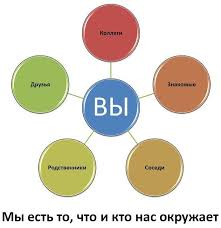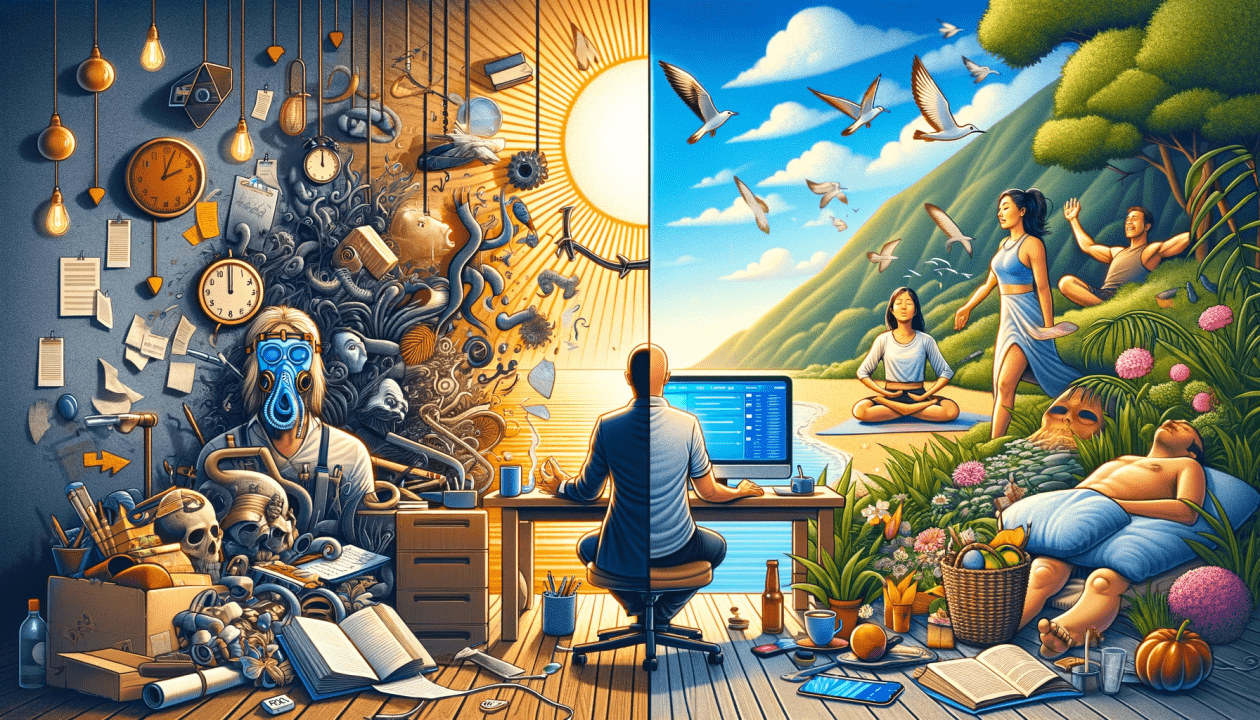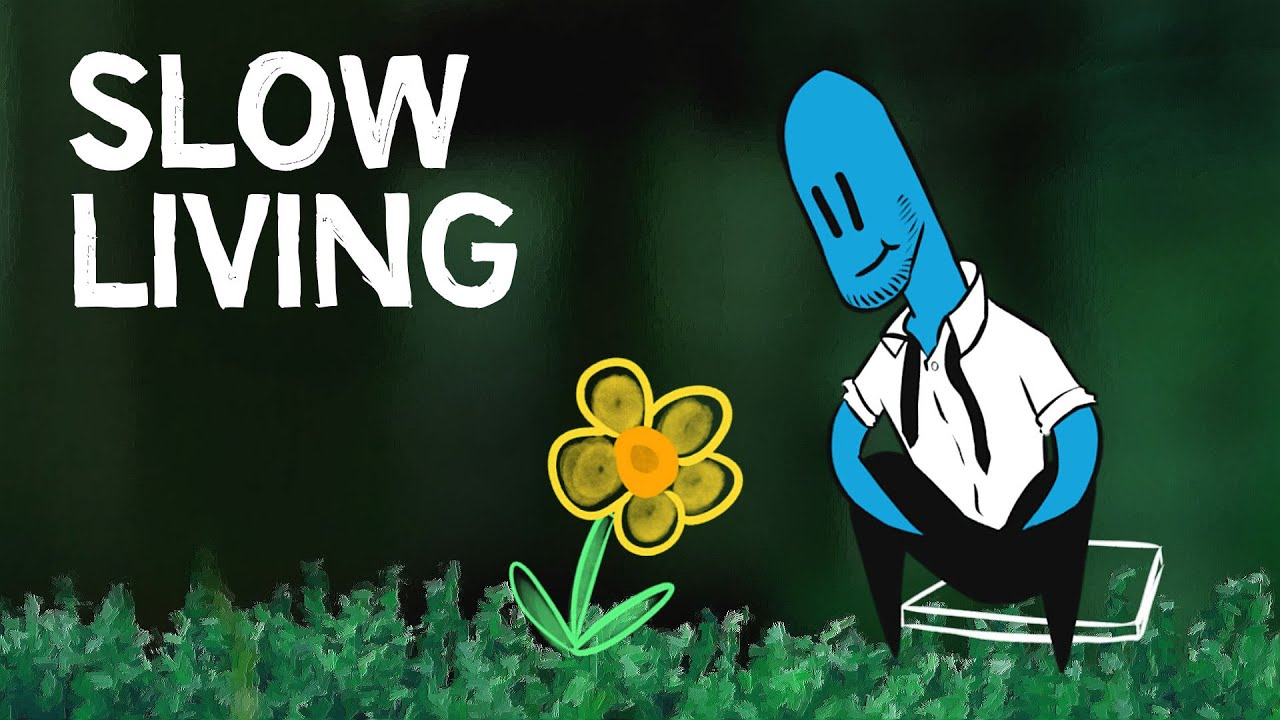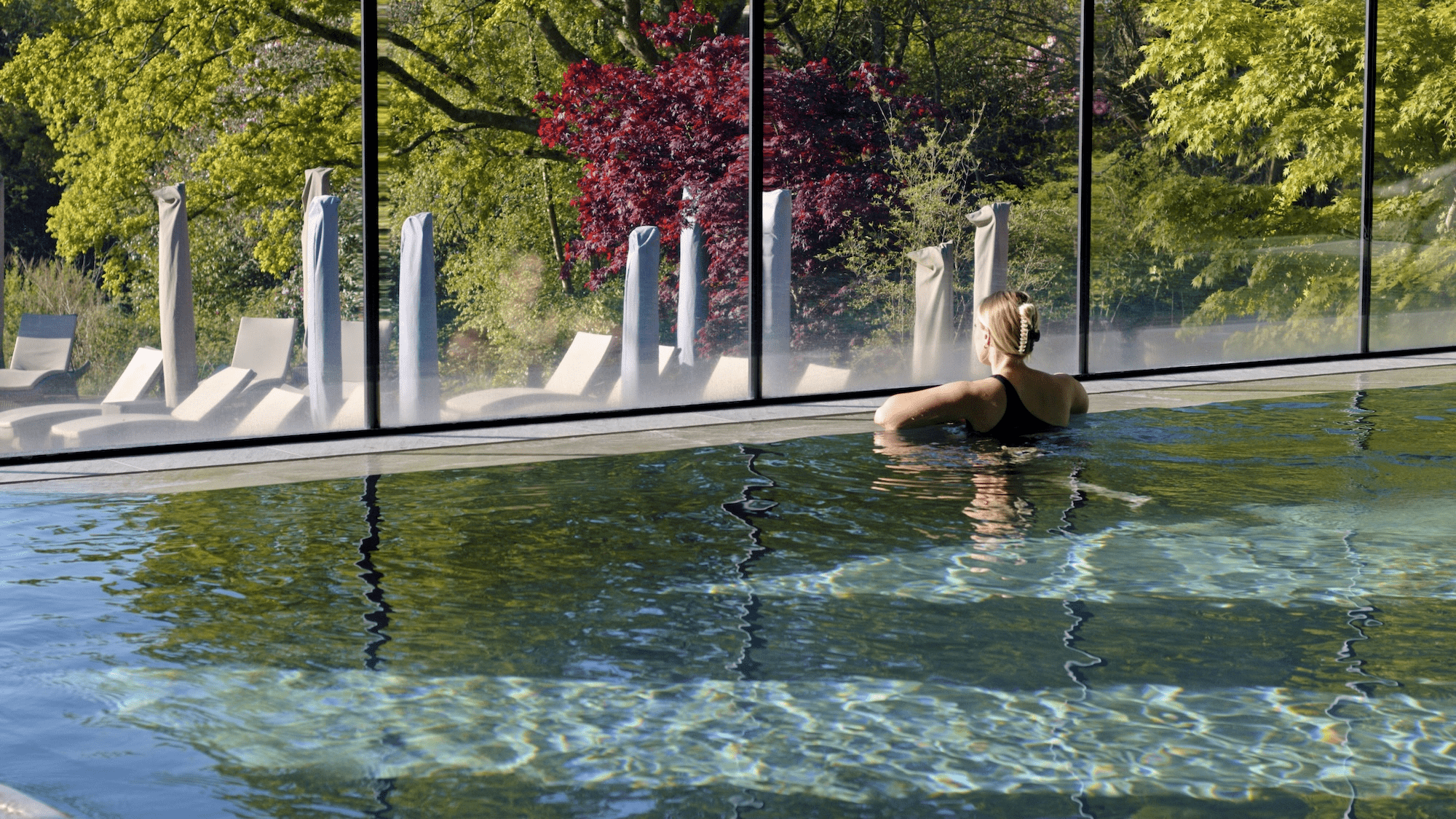
In 2025, the concept of “curating your space, curating your life” is more relevant than ever. We are bombarded with information and choices, making it easy to feel overwhelmed and disconnected. Intentional living, which involves consciously designing your environment and lifestyle to reflect your values and goals, offers a powerful antidote. This guide will explore the principles of curation, providing actionable steps to transform your living space and, by extension, your overall well-being.
What Does "Curate Your Space, Curate Your Life" Actually Mean?
Curation, in this context, goes beyond simple tidying. It's about making deliberate decisions about what you bring into your life – from the physical objects in your home to the relationships you cultivate and the activities you pursue. It's about creating a space that nurtures your growth, supports your goals, and reflects your authentic self. It’s a mindful process that considers functionality, aesthetics, and emotional impact.
Practical Guidance: How to Start Curating Your Space
Here’s a step-by-step approach to begin curating your space and, ultimately, your life:
- Define Your Values and Goals: This is the crucial first step. What’s truly important to you? What kind of life do you want to lead? Are you prioritizing creativity, productivity, relaxation, connection, or something else entirely? Write down your core values and specific, measurable, achievable, relevant, and time-bound (SMART) goals. For example, if you value creativity, a goal might be to dedicate 30 minutes each day to painting or writing.
- Assess Your Current Space: Take a critical look at your home, room by room. What items do you genuinely love and use regularly? Which ones bring you joy? Which ones are simply taking up space, contributing to clutter, and draining your energy? Be honest with yourself.
- Declutter Ruthlessly: This is where the real work begins. The key is to adopt a systematic approach.
- The Four-Box Method: Label four boxes: "Keep," "Donate/Sell," "Recycle/Trash," and "Relocate." Go through each item in your space and place it into the appropriate box.
- The 20-Minute Rule: Set a timer for 20 minutes and focus on decluttering one specific area, such as a drawer or a shelf. Stop when the timer goes off, even if you’re not finished. Repeat this process regularly.
- The One-In, One-Out Rule: For every new item you bring into your home, get rid of one similar item. This helps prevent clutter from accumulating in the future.
- Organize Intentionally: Once you've decluttered, it's time to organize what's left.
- Functionality First: Prioritize items you use frequently and store them in easily accessible locations.
- Vertical Space: Utilize shelves, wall-mounted organizers, and hanging storage to maximize space.
- Clear Containers: Use clear containers to store items so you can easily see what's inside.
- Label Everything: Label all containers and storage bins to make it easy to find what you're looking for.
- Introduce Meaningful Items: Now that you've created a clean and organized space, it's time to add items that reflect your values and bring you joy.
- Artwork and Decor: Choose pieces that resonate with you and inspire you.
- Plants: Introduce plants to bring life and energy into your space. The Royal Horticultural Society offers great advice on houseplants.
- Personal Mementos: Display photos, souvenirs, and other items that hold special meaning.
- Curate Your Digital Space: Don't forget about your digital environment. Declutter your email inbox, unsubscribe from unnecessary newsletters, and organize your files.
- Cultivate Mindful Habits: Maintaining a curated space requires ongoing effort. Establish daily and weekly habits to keep clutter at bay.
- The 5-Minute Rule: Spend just 5 minutes each day tidying up.
- Weekly Declutter Session: Dedicate 30 minutes each week to decluttering and organizing.
Example: Curating a Home Office for Enhanced Productivity
Let's say your goal is to increase productivity in your home office. Here’s how you can apply the curation principles:
- Define Your Values: Efficiency, focus, and creativity.
- Assess Your Current Space: Evaluate your desk, chair, lighting, and storage. Identify areas that are hindering your productivity.
- Declutter Ruthlessly: Remove unnecessary items from your desk and storage areas. Get rid of old papers, unused supplies, and anything that distracts you.
- Organize Intentionally:
- Invest in ergonomic furniture to improve comfort and posture.
- Organize your desk with essential tools and supplies within easy reach.
- Use a filing system to keep important documents organized.
- Optimize lighting to reduce eye strain and improve focus.
- Introduce Meaningful Items:
- Add a plant to bring life and energy into your workspace.
- Display inspirational quotes or artwork.
- Use a high-quality monitor to reduce eye fatigue.
Long-Term Considerations: Maintaining Your Curated Space
Curating your space is not a one-time project; it’s an ongoing process. Here are some long-term considerations to keep in mind:
- Regular Maintenance: Schedule regular decluttering and organizing sessions to prevent clutter from accumulating. The 20-minute rule applied several times a week is ideal.
- Mindful Consumption: Be mindful of what you bring into your home. Ask yourself if you truly need an item before you purchase it. Consider the environmental impact of your purchases and opt for sustainable and ethically sourced products whenever possible.
- Adaptability: Your needs and goals may change over time, so be prepared to adapt your space accordingly. Regularly reassess your values and goals and adjust your living environment to reflect those changes.
- Seasonal Adjustments: Adjust your space seasonally to reflect the changing weather and your mood. For example, in the winter, you might add cozy blankets and warm lighting to create a more inviting atmosphere.
- The Emotional Connection: Regularly check in with how your space *feels*. Is it still supportive of your current goals? Does it still spark joy? Be willing to make adjustments if it no longer serves you.
Financial Considerations: The Cost of Curation
While curating your space can significantly improve your quality of life, it’s important to consider the financial implications. The cost of curation can vary depending on your budget and the extent of the changes you want to make.
Here’s a breakdown of potential costs:
- Decluttering Services: If you’re overwhelmed by the prospect of decluttering on your own, you can hire a professional decluttering service. The cost can range from $50 to $150 per hour, depending on the company and the scope of the project.
- Organization Supplies: Bins, containers, shelves, and other organization supplies can add up. Set a budget and prioritize the items you need most. You can often find affordable storage solutions at discount stores or online retailers.
- Furniture and Decor: Replacing furniture and decor can be a significant expense. Consider buying used furniture or repurposing existing items to save money. Focus on investing in a few high-quality pieces that will last for years.
- Professional Organizers: Hiring a professional organizer can help you create a customized organization system that meets your specific needs. The cost can range from $50 to $200 per hour, depending on the organizer's experience and expertise.
Table: Estimated Costs for Curating Your Space
| Service/Item | Estimated Cost | Notes |
|---|---|---|
| Decluttering Service | $50 - $150 per hour | Varies by company and project scope |
| Organization Supplies | $50 - $500 | Depends on the quantity and quality of items |
| Used Furniture | $50 - $1000+ per piece | Can save a significant amount of money |
| Professional Organizer | $50 - $200 per hour | For personalized organization systems |
| New Furniture | $200 - $5000+ per piece | Invest in high-quality, long-lasting pieces |
Tools and Technology for Curation in 2025
Several tools and technologies can assist you in curating your space and life more effectively:
- Digital Organization Apps: Apps like Trello, Asana, and Evernote can help you manage tasks, organize information, and track your progress.
- Smart Home Devices: Smart lighting, thermostats, and other smart home devices can help you create a more comfortable and energy-efficient living environment.
- Virtual Reality (VR) and Augmented Reality (AR): VR and AR technologies can be used to visualize different design options and experiment with layouts before making any physical changes to your space.
- Inventory Management Apps: Apps like Sortly can help you keep track of your belongings and make it easier to declutter and organize.
- AI-Powered Decluttering: Expect to see more AI-powered tools that can analyze your spending habits, identify clutter hotspots, and suggest decluttering strategies.
The Psychological Benefits of a Curated Space
Beyond the practical benefits of organization and efficiency, curating your space can have a profound impact on your mental and emotional well-being. Studies have shown that a clean and organized environment can reduce stress, improve focus, and boost creativity. Psychology Today explores the link between home environment and mental health.
- Reduced Stress: A cluttered environment can be overwhelming and stressful. By decluttering and organizing your space, you can create a more calming and relaxing atmosphere.
- Improved Focus: A clean and organized workspace can help you focus and concentrate on tasks.
- Increased Creativity: A curated space can inspire creativity by providing a blank canvas for new ideas and projects.
- Enhanced Self-Esteem: Taking control of your environment can boost your self-esteem and confidence.
- Greater Sense of Control: In a world that often feels chaotic, curating your space provides a sense of control and agency.
Future Trends in Space Curation
As we move further into the 21st century, several trends are shaping the future of space curation:
- Sustainability: Consumers are increasingly demanding sustainable and eco-friendly products and practices. This trend will continue to drive the demand for sustainable furniture, decor, and organization solutions.
- Minimalism: The minimalist movement is gaining momentum as people seek to simplify their lives and reduce their consumption.
- Personalization: Consumers are looking for ways to personalize their spaces to reflect their unique personalities and lifestyles.
- Technology Integration: Technology will play an increasingly important role in space curation, with smart home devices and AI-powered tools becoming more prevalent.
- Biophilic Design: The principles of biophilic design, which emphasize the connection between humans and nature, will continue to influence interior design and space curation.
FAQ: Frequently Asked Questions About Curating Your Space
- Q: How long does it take to curate a space?
A: The time it takes varies depending on the size of your space and the extent of the changes you want to make. It can range from a few days to several weeks or even months. The key is to be patient and consistent. - Q: What if I get overwhelmed during the decluttering process?
A: If you start to feel overwhelmed, take a break. Focus on one small area at a time and celebrate your progress. You can also enlist the help of a friend, family member, or professional declutterer. - Q: How do I prevent clutter from accumulating again?
A: Establish mindful habits, such as the one-in, one-out rule and the 5-minute rule. Regularly declutter and organize your space to prevent clutter from building up. - Q: Is it expensive to curate my space?
A: It doesn't have to be. You can curate your space on a budget by repurposing existing items, buying used furniture, and shopping at discount stores. Focus on investing in a few high-quality pieces that will last for years. - Q: What if my partner doesn't share my vision for a curated space?
A: Communication is key. Discuss your goals and values with your partner and try to find a compromise that works for both of you. Focus on creating shared spaces that reflect both of your personalities and preferences.
Disclaimer: This information is for informational purposes only. Consult with professionals for specific advice related to decluttering services or mental health concerns.
Sources:
- "The Life-Changing Magic of Tidying Up" by Marie Kondo.
- "Declutter Your Mind: How to Stop Worrying, Relieve Anxiety, and Eliminate Negative Thinking" by S.J. Scott and Barrie Davenport.
- Becoming Minimalist website.
- The Spruce: How to Declutter Your Home
Key Takeaways:
Curating your space is a powerful tool for intentional living. By defining your values, decluttering ruthlessly, organizing intentionally, and cultivating mindful habits, you can transform your living environment into a sanctuary that supports your goals and enhances your well-being. Remember that curation is an ongoing process, requiring regular maintenance and adaptability. By embracing this practice, you can create a space that truly reflects your authentic self and empowers you to live a more fulfilling life.




